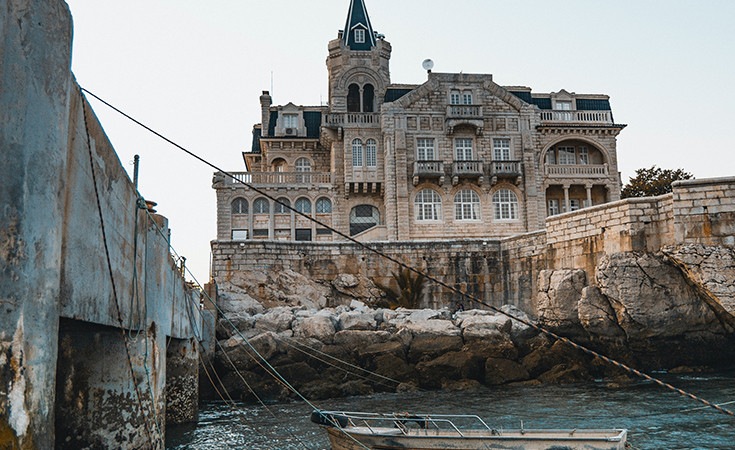
One of the most significant landmarks of Cascais is its fortress from the 15th century, which has had multiple purposes throughout history. This large fortress is located at the mouth of the river Tagus. It was used for defense against pirates, but also for the purpose of defense against Spanish and French attacks. The fortress was built in 1490 by order of the Portuguese King John II in order to defend the city from attacks from the sea.
The fortress consists of three parts, the tower of Santo Antonio de Cascais, the fortress of Our Lady of Light and the former area of the Royal Palace. It is known as the fortress of Torre de Santo Antonio de Cascais. In addition to this fortress, the Belem Tower and the Sao Sebastiao de Caparica Fortress, located near Lisbon on the Tagus River, also served the purpose of defending Lisbon.
In order to strengthen the existing tower, King Philip I ordered the construction of the fortress of Nossa Senhora da Luz de Cascais. The fortress had a courtyard located inside, and enabled communication between the three bastions and access to boats. In 1648, the additional strengthening of the fortress was completed.
Although it was largely destroyed during the earthquake of 1755, it was rebuilt again as a defense during the Napoleonic Wars. After the wars, more precisely in 1871, King Louis I chose the fortress as a place where he would spend his summer days. After the abolition of the monarchy, the fortress was used to accommodate foreign statesmen and for state ceremonies.
King Louis I rebuilt the fortress in the 19th century and it became a royal palace for rest. With this, Cascais became a famous place for summer vacations for wealthy people. In 1878, the fortress received electric lighting - the first in Portugal. As a property of public interest, the fortress was declared a cultural monument in 1977.
After that, it blends in perfectly with its surroundings with a beautiful view of the harbor marina of Cascais. Also, the hotel where the Art Center is located has been renovated here.
The fortress is open every day.
Author of the text:

Maja Glavaš, Bachelor with Honours in Communicology. Works in Tourism.
Contact: [email protected]; instagram: travel_europe1
Photo by Gabriel Castro on Unsplash